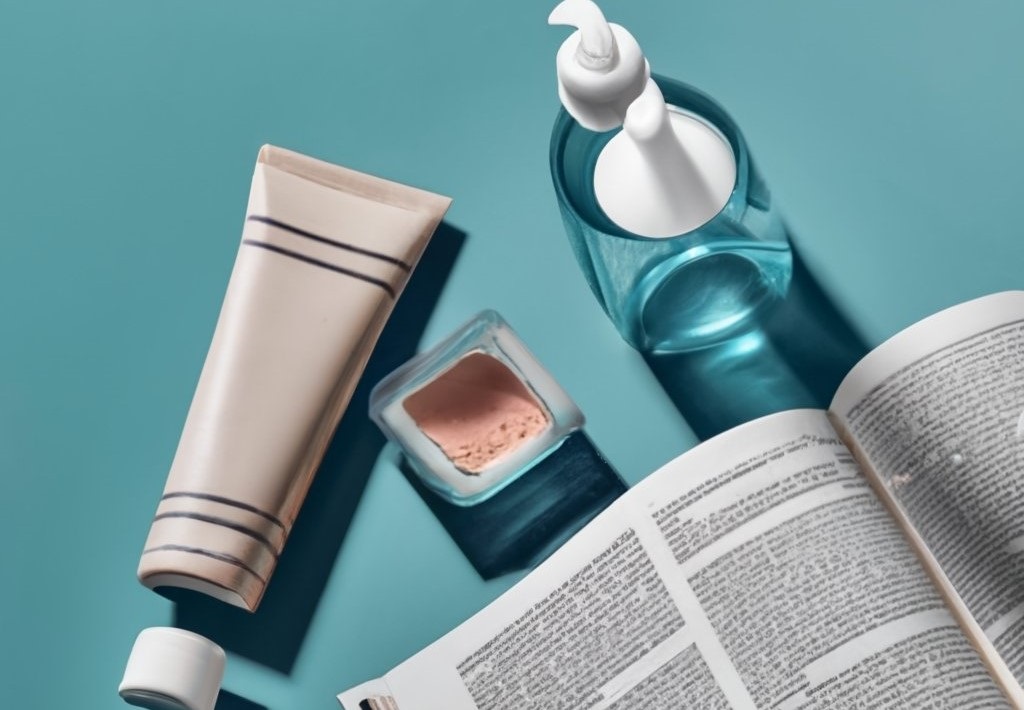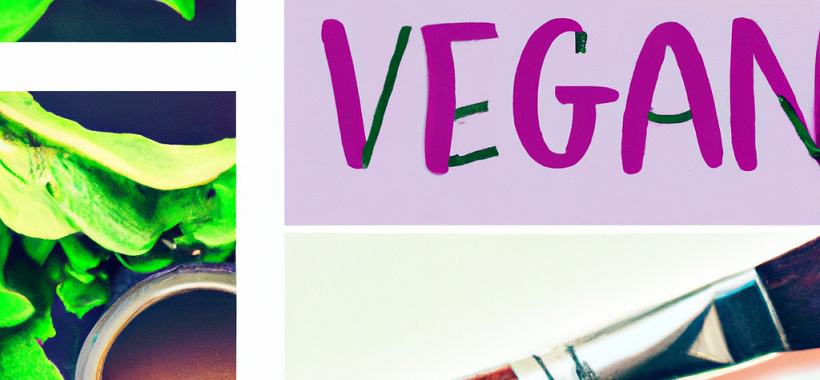EU regulatory news
European Chemicals Agency Reviews Hungary’s Proposal to Classify Sodium Chlorite as a Category 2 Mutagen, Potentially Impacting Its Use in Cosmetics
On 10 January 2024, the European Chemicals Agency (ECHA) published Hungary’s proposal for CLH classification of Sodium Chlorite, an oxidizing and oral care agent, as a category two mutagenic substance. A threat to its use in cosmetics if the process is completed.
CLP Regulation Amendment Impacting Cosmetic Ingredients
The European Commission is amending the CLP Regulation, which will affect the classification and labeling of substances used in cosmetics. Key points include:
- It affects 17 Cosmetic Ingredients, Including four classifieds as CMR substances – Silver, Hexyl Salicylate, N, N’-Methylenebisacrylamide, and o-phenylphenol.
- Potential Ban: These CMR substances may face restrictions in cosmetic use.
- Implementation Timeline: Final adoption expected in Q2 2024, effective 18 months later.
This amendment necessitates a review of cosmetic formulations for compliance.
The Netherlands Proposes Classifying Cosmetic Ingredients Silica, Hydrated Silica, and Solum Diatomeae as STOT RE 1, H372 Due to Potential Organ Damage Risks
The Netherlands’ proposal concerns the classification of silicon dioxide (CAS No.7631-86-9, EC No.231-545-4), which is used in cosmetics. Three ingredients with these identifiers—Silica, Hydrated Silica, and Solum Diatomeae—serve various purposes like abrasion, absorption, and viscosity control. The proposal suggests classifying them as STOT RE 1, H372, indicating they can cause organ damage through prolonged or repeated exposure. This aligns with the SCCS’s previous advice, which highlighted concerns about the safety of nano-structured silica forms in cosmetics, particularly regarding oral or inhalation exposure to nanoparticles.
ECHA Considers New CMR Classifications for Cosmetic Ingredients
The European Chemicals Agency (ECHA) has proposed new CMR (Carcinogenic, Mutagenic, and Reprotoxic) classifications impacting the cosmetic industry:
- Sweden proposed Strontium Salts (Strontium acetate, chloride, and hydroxide) for CMR 1B reprotox classification. Submission date: 1 June 2024.
- Spearmint Oil proposed for CMR 2 reprotox classification—dossier submitted by Sweden in December 2021 (details not yet on ECHA website).
These proposed classifications require safety reviews under UK and EU Cosmetics Regulations and may influence Safety Data Sheets, labeling, and documentation in cosmetics.
Two cosmetic ingredients were added to the REACH Candidate List for vPvB Concerns.
ECHA has included Octrizole and Bumetrizole, both used in cosmetics as UV absorbers, in the REACH Candidate List due to their persistent and bioaccumulative (vPvB) properties.
Key Points:
- Octrizole and Bumetrizole are not regulated under the EU Cosmetics Regulation but are recognized for potential environmental concerns.
- Companies using these substances must inform customers and consumers about safe usage if concentrations exceed 0.1% and notify ECHA within six months of their inclusion.
UK regulatory news
UK HSE Proposes Mandatory Classifications for 90 Substances Under GB CLP, Diverging from EU’s ATPs on Key Cosmetic Ingredients
On January 11, 2024, the UK’s Health and Safety Executive (HSE) proposed mandatory classifications under the GB CLP Regulation for 90 substances, aligning with the EU’s 14th and 15th ATPs. The proposal includes different classifications from the EU for 26 substances and omits two. Essential substances affected include Octamethylcyclotetrasiloxane (D4), Butylphenyl methylpropional (‘filial), Benzyl dimethylamino morpholino phenyl butanone, Pentetic acid, Methoxyethyl acrylate, Sodium hydroxymethylglycinate (SHMG), and Zinc pyrithione (ZnPT), all with CMR classifications. Titanium dioxide in powder form has yet to be a mandatory classification. The changes impact Safety Data Sheets, labeling, and documentation in the cosmetics industry.
SCCS News
The Scientific Committee on Consumer Safety (SCCS) has evaluated Methylparaben, a common preservative in cosmetics, and confirmed its safety. Key concerns addressed were its potential as an endocrine disruptor, which can affect hormonal systems.
Findings:
- The SCCS established that Methylparaben is safe at specific concentrations: up to 0.4% when used alone and 0.8% in ester mixtures.
- This aligns with existing regulatory guidelines, ensuring consumer safety and product efficacy.
- The assessment supports the role of Methylparaben in preventing bacterial and fungal growth in cosmetics, which is crucial for product safety and longevity.
This conclusion by the SCCS reinforces consumer confidence in cosmetic products containing Methylparaben, upholding industry safety standards.


